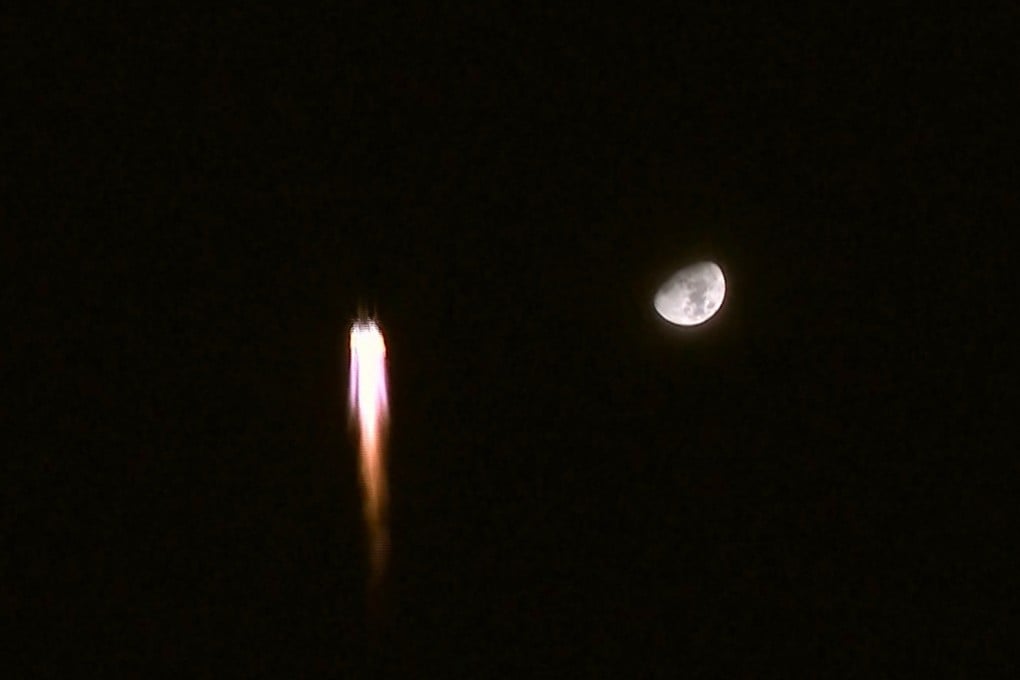Advertisement
To the moon and back: China sets new targets in race to be No 1 space power
- Fifth white paper on China’s space programme focuses on both technological and business aspects of space exploration
- National Space Administration will transfer more technologies to develop ‘new forms of space economy’, says official
Reading Time:2 minutes
Why you can trust SCMP
92

More lunar landings, an asteroid defence system and space debris cleanups are among major aims for China as the country steps up its ambitions to become a leading space power.
China has released the fifth white paper on its space programme, outlining key projects and technological development targets for the next five years amid a quickening race with the US.
According to the document released on Friday, China will carry out tests to validate new technologies such as smart self-management of spacecraft, space mission extension vehicle, space debris cleaning, propulsion, and in-orbit service and maintenance of spacecraft.
Advertisement
Many of these capabilities are also now pursued by the US and Europe.
The paper lists space debris cleaning as a business focus, a category that also includes space tourism, test services, and space biopharmaceuticals, underscoring China’s plans to speed up the participation of the private sector in outer space.
Advertisement
The China National Space Administration will transfer more aerospace technologies to companies engaged in communication, navigation, and remote sensing businesses, in order to develop “new forms of space economy”, deputy director Wu Yanhua said.
Advertisement
Select Voice
Choose your listening speed
Get through articles 2x faster
1.25x
250 WPM
Slow
Average
Fast
1.25x